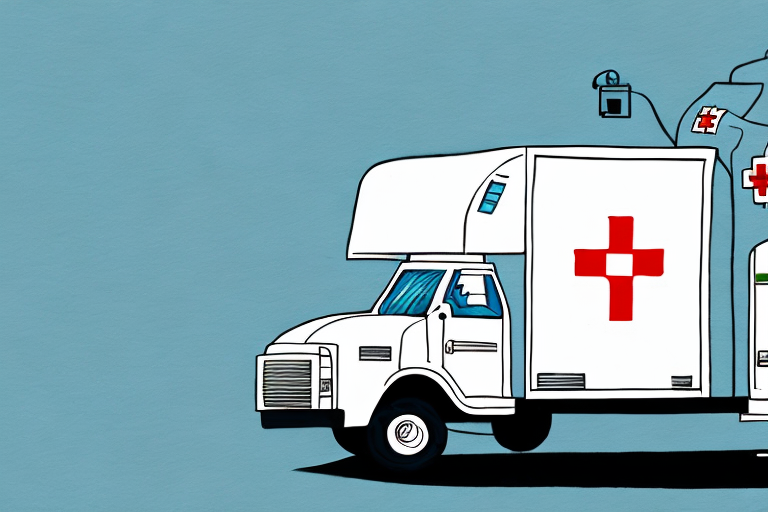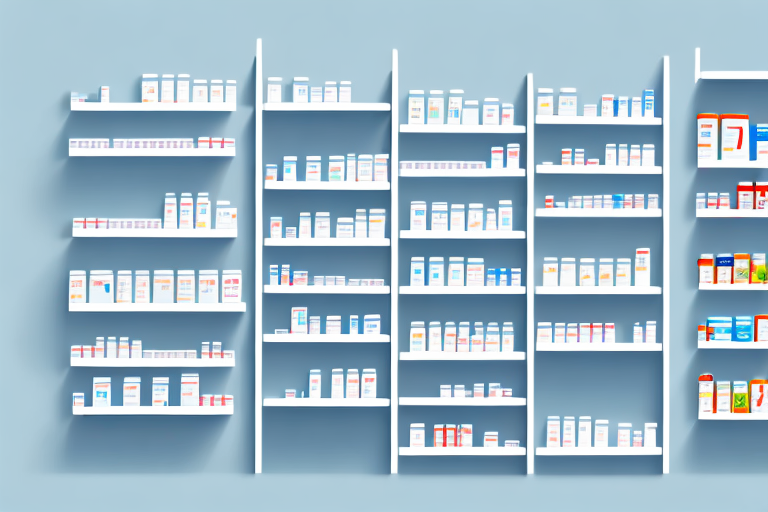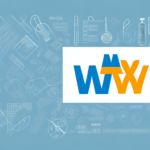Understanding the Medical Supply Transportation Industry
The medical supply transportation industry is essential for the safe and efficient movement of critical medical supplies from manufacturers to healthcare facilities, including hospitals, clinics, and pharmacies. These supplies range from pharmaceuticals and medical devices to personal protective equipment and laboratory specimens.
Recent studies indicate that the demand for medical supply transportation services has surged due to the aging population and the increase in chronic diseases. The COVID-19 pandemic further emphasized the industry's importance, highlighting the need for reliable transportation to ensure timely delivery of essential supplies.
Companies in this sector must comply with stringent regulations to maintain the safety and integrity of the supplies. This includes appropriate handling, storage, and transportation methods to prevent damage or contamination. Additionally, having contingency plans for unexpected events, such as natural disasters or logistical disruptions, is crucial for uninterrupted service.
Conducting Market Research and Developing a Business Plan
Market Research
Comprehensive market research is the foundation of a successful medical supply transportation business. Start by analyzing existing transportation companies in your region to identify their strengths and weaknesses. Understanding your competition allows you to pinpoint opportunities for differentiation.
Identify your target market by focusing on healthcare facilities and medical supply companies. Consider factors like location, size, and the specific types of supplies they require. This information is vital for shaping your business plan and pricing strategy.
According to a report by IBISWorld, the medical transportation industry has seen an annual growth rate of 5% over the past five years, reflecting increasing demand and opportunities for new entrants.
Developing a Business Plan
A robust business plan should outline your company's mission, vision, and objectives. It should detail your target market, competitive analysis, and strategic roadmap to achieve your business goals.
Include financial projections, such as expected revenue, expenses, and profit margins. These projections help determine the required capital and ensure you are on track to meet financial targets.
Your business plan should also encompass a comprehensive marketing strategy. This includes analyzing your target market's needs and preferences and devising methods to effectively reach and engage them. Highlight your unique selling proposition to differentiate your services from competitors.
Registering Your Business and Compliance Requirements
Business Registration
Register your business with the appropriate state authority, typically the Secretary of State's office. This process may involve selecting a business structure, such as an LLC or corporation, and filing the necessary paperwork.
Obtain a business license specific to medical supply transportation. Requirements vary by state, so it's crucial to research local regulations thoroughly.
Licenses and Certifications
Depending on the types of medical supplies you transport, you may need special certifications. For instance, handling pharmaceuticals or hazardous materials requires compliance with FDA regulations and PHMSA guidelines.
Stay informed about regulatory changes to avoid penalties and ensure your operations remain compliant.
Setting Up Operations: Fleet, Equipment, and Logistics
Fleet Selection
Your transportation fleet is a critical asset. Choose vehicles based on the types and volumes of medical supplies you plan to transport. Consider specialized equipment like temperature-controlled compartments for vaccines or refrigerated trucks for blood products.
Investing in vehicles with safety features such as GPS tracking and alarms enhances security and reduces the risk of theft or loss.
Logistics Management
Efficient logistics are paramount for timely deliveries. Implementing technology like GPS tracking systems and inventory management software can streamline operations. Tools such as IBM Supply Chain Optimization can help manage routes, track shipments in real-time, and optimize delivery schedules.
Establish protocols for handling and transporting hazardous materials, ensuring your team is trained and equipped to manage these safely.
Hiring and Building Your Team
Recruitment
Hiring reliable and trained personnel is essential. Employ drivers with appropriate certifications and a background in handling medical supplies. Support staff should be knowledgeable about logistics and regulatory compliance.
Offering training programs and certifications can enhance your team's skills and ensure high standards of service.
Diversity and Inclusion
Promote diversity and inclusion within your team to reflect the diverse patient populations you serve. Implementing blind hiring practices can help reduce unconscious bias and create a more inclusive workplace.
Marketing Strategies and Building Client Relationships
Developing a Pricing Strategy
Your pricing strategy should account for equipment and vehicle costs, staffing expenses, and overhead. Analyze competitor pricing models and assess your target market's willingness to pay. Offering discounts or incentives can attract new clients and foster long-term relationships.
Regularly review and adjust your pricing based on demand and market conditions to remain competitive.
Marketing and Promotion
Create a comprehensive marketing plan that includes social media, search engine optimization (SEO), and targeted advertising. Utilize platforms like LinkedIn to connect with healthcare professionals and advertise your services.
Partnering with medical supply companies or healthcare facilities for joint marketing efforts can expand your reach and enhance your credibility in the industry.
Building Relationships
Establishing strong relationships with clients is crucial. Attend industry events, network with key stakeholders, and communicate clearly about your services and capabilities. Understanding clients' specific needs, such as delivery schedules and special handling requirements, can help tailor your services to meet their expectations.
Evaluating Performance and Planning for Expansion
Performance Metrics
Regularly assess your business performance using key metrics like revenue, profit margins, customer satisfaction, and on-time delivery rates. Tools like Tableau can help visualize and analyze these metrics to inform strategic decisions.
Use this data to identify areas for improvement and optimize operations for greater efficiency and profitability.
Expansion Strategies
Once established in your initial market, consider expanding into new regions or offering additional services. Conduct thorough market research to identify new opportunities and adjust your business strategies accordingly.
Forming strategic partnerships or joint ventures with other companies can facilitate expansion and enable you to reach a broader client base.
Entering new markets requires careful planning and adaptation to local regulations and market conditions. Ensure you have the necessary resources and infrastructure to support growth.
Maintaining Compliance and Adhering to Industry Standards
The medical supply transportation industry is subject to numerous regulations and standards to ensure the safe and secure transportation of medical supplies. Compliance with federal, state, and local regulations is non-negotiable.
Partner with legal experts or consultants specializing in medical transportation to stay updated on regulatory changes and ensure your business adheres to all applicable laws.
Adhering to standards set by organizations such as the World Health Organization (WHO) and the International Organization for Standardization (ISO) can enhance your credibility and trustworthiness in the industry.
Implementing Safety Protocols and Procedures
Safety is paramount when transporting medical supplies. Implement comprehensive safety protocols to protect both your employees and the supplies.
Ensure proper handling and storage procedures to prevent contamination or damage. For instance, vaccines require strict temperature controls, while certain medical devices may need secure, vibration-free transportation.
Develop contingency plans for emergencies, such as vehicle breakdowns or natural disasters, to maintain service continuity. Regularly train your staff on these protocols to ensure preparedness.
Starting a medical supply transportation business offers a promising and impactful venture. By conducting thorough research, establishing strong operational foundations, and maintaining compliance with industry standards, you can build a successful and reputable business in this vital sector.




















